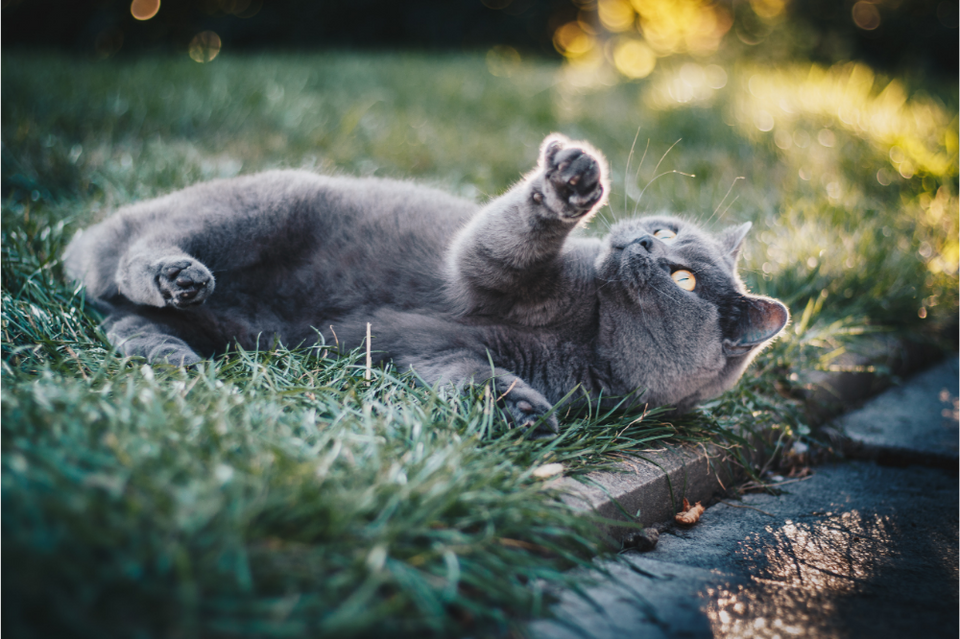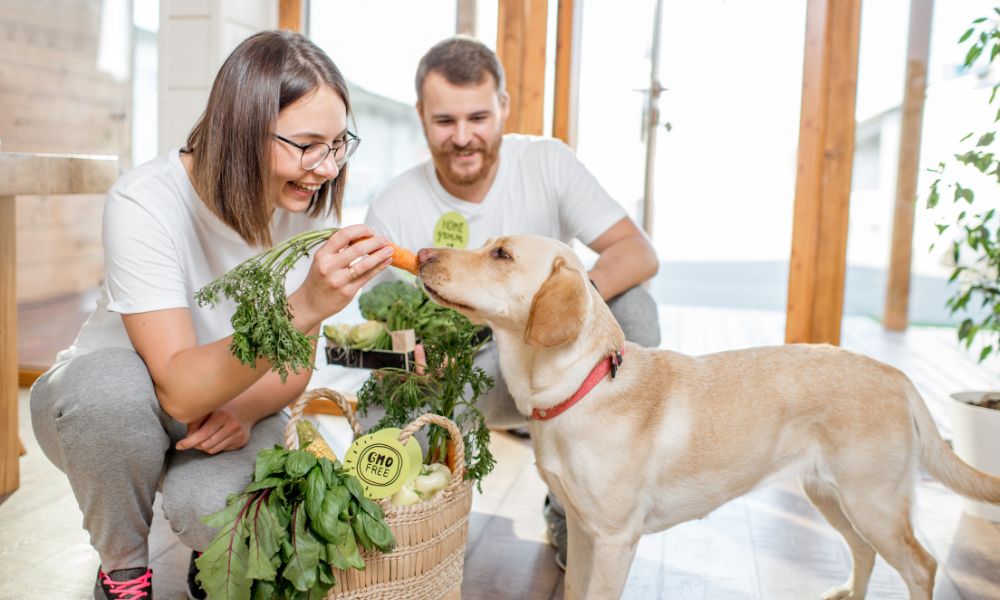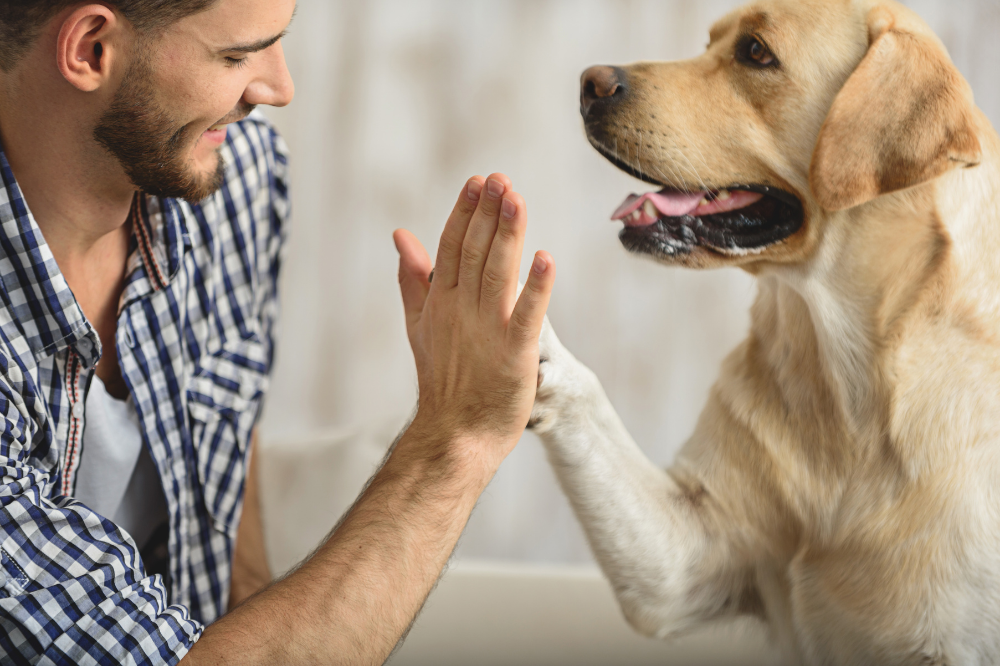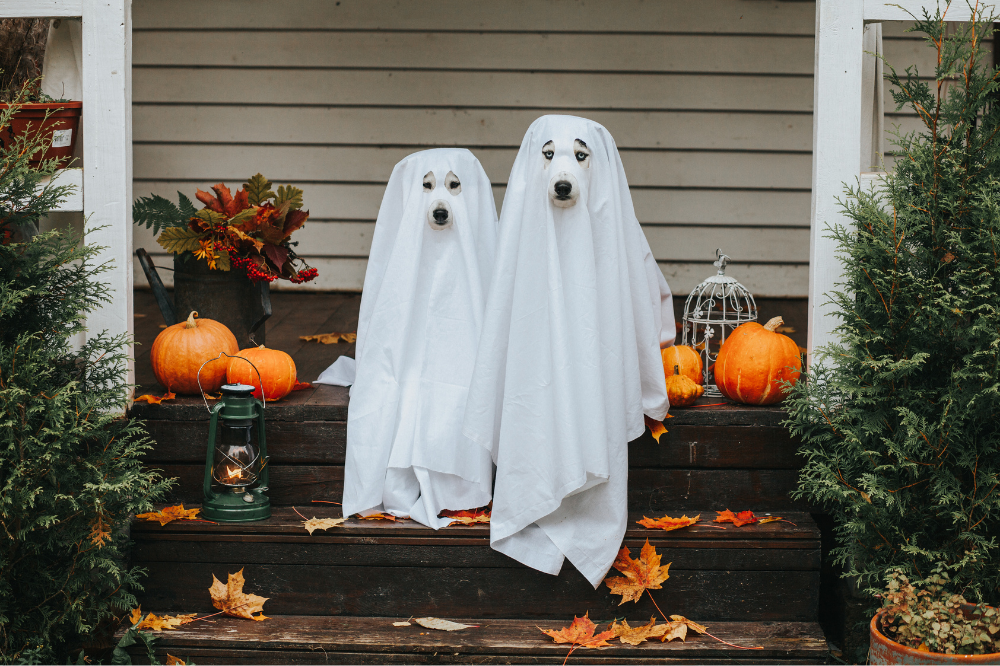
How to Go Green with Your Cat

This April marks the 51st anniversary of Earth Day, and what better occasion to figure out ways to make your household more eco-friendly? But while you’re at it, don’t forget that your cat is a big part of your life — and there are ways you can help your cat go green as well.
Unfortunately, you cannot save the environment by turning your cat vegan, as they have to have meat in their diet in order to survive. All is not lost, though.
Some ways you can help your cat go green may be self-evident, but others are surprising.
Suppertime!
One of the biggest positive impacts you can have on the environment when it comes to your cat is one that isn’t even readily visible to you: The source of their food.
As with human food, pet food from big factory farming has an enormous negative impact on the environment. They spew pollutants into the environment that can exacerbate allergies and contribute to global warming. Manure and effluent run-off can pollute local groundwater, and the stench alone can make life a nightmare for anyone who has to live or work nearby.
If you really want to help, switch your cat (or dog) to eco-friendly, ethical food. What this means is seeking out foods that are not produced on factory farms, are locally sourced, use humane treatment of animals (including not testing on them), use sustainable practices, and make their supply chains transparent and traceable.
Bonus points if they use 100% recyclable packaging.
Chances are that food made by such companies is just healthier for your cat as well. Dirty little secret: A lot of the big companies that use factory farms to produce pet food basically take the stuff that’s rejected for human consumption.
This can include what are known as “4D” animals: dead, dying, diseased, or disabled. These cannot be used for human food, so they go in the pet food pile. Likewise, expired meat returned from grocery stores routinely wind up in food. It’s also been long rumored that roadkill and euthanized pets go into the mix as well, but the jury is still out on this one.
You also can never be sure of the sources of other ingredients from factory farm sourced dog food, as was demonstrated by a recent scandal in which pet food with ingredients from China proved fatal to dogs in the U.S.
At the other end of the food chain

After you’ve fed your cat, one thing is inevitable: That litter box is going to get some use eventually, usually within seven to twelve hours after a meal.
A litter box happens to be an ideal place to green things up. Traditional kitty litter is made of clay, and it absorbs liquid until it cannot anymore, at which point it becomes solid. Unfortunately, once it’s reached this state, it is not biodegradable and becomes a permanent part of the landfill, to eventually be dug up by future archeologists, who will be baffled trying to figure out their significance.
Clay litter is also bad for your cat (or dog) if they eat it, so it’s really best to find alternatives. Fortunately, you have a lot of options.
The best replacement by far, and the one that becomes an instant conversation starter, is training your cat to use the toilet. It sounds like the set-up to a joke, but it’s not. With patience and the right steps, you can get your cat to do their business in the toilet, completely eliminating the need for litter or a box.
According to the article, though, while you can train them to flush, you shouldn’t, because some cats get to like it too much, which just wastes water, defeating the green purpose of the exercise.
Fine for littering
Alternatives to litter include things like paper pellets. The benefits are that they are made from 100% recycled material, don’t produce dust, and don’t irritate cats post-surgery or with infections. On the downside, they are not flushable, need to be changed often to avoid odor, and may put your cat off until they get used to them.
Another option is corn litter, which is made of just what it says on the tin. It’s great for kittens, and forms tight clumps, which is what you want. Some types are also flushable. Drawbacks include dust production just like clay, a different smell than clay litter that some pet parents don’t like, and the possibility that the texture will be uncomfortable to your cat’s paws.
Did you change to coconut water for the health benefits and to avoid bottled water? Well, believe it or not, you can also get coconut kitty litter. Made from 100% coconut shells, it’s initially scent-free, and has no chemicals or allergens. Additionally, you can dispose of it in flower beds, yards, or as compost. The downsides are that it generates dust that can track around the house, it does not clump well, and builds up an odor over time. It’s also more expensive than other forms of litter per pound.
These are just a few of the commercial alternatives among many, including DIY versions. If you happen to have access to a composter, it can make a great complement to a kitty litter that is biodegradable and compostable, so keep that in mind.
And while you’re at it, dump the disposable litter liners and go biodegradable as well!
Changes you didn’t think of
Cats love to knock things off of things. They’re notorious for it. Sometimes, this can get messy, like if they decide that your glass of red wine belongs on the floor, or the houseplant on the bookshelf is in their way.
It’s tempting to go for the paper towels to clean up, but you can be a lot more eco-friendly if you use cloth instead, and it’s also a way to recycle. Do you have any old towels or T-shirts that are mostly cotton? Cut them up and you’ll have plenty of cleaning rags.
Likewise, old socks make great wearable cleaners for things like removing what’s stuck to the bottom and sides of the litter box or washing your cat’s bowls. Just don’t use the same sock for both!
Something you might not have thought of when making sure your house is energy efficient: A cat flap can cost you a lot more than you think. The main reason is that they really aren’t all that insulating when it comes to letting hot air in when you’re trying to cool the place or warm air out when you’re trying to heat it.
It’s a little bit that can add up, and since most cat flaps tend to be in kitchens or pantries, you’re putting them in two rooms in the house with the biggest ongoing temperature variations, and the hardest to heat or cool when they’re the wrong temperature for the season.
But not having a cat flap in the first place has a bigger savings for the environment. Your cat isn’t roaming around in it, meaning that you’re doing your part to preserve local wild life. Seriously, keeping your cat indoors will protect other animals from them, as well as protect cats from things like loose dogs, more aggressive predators like coyotes, or speeding cars.
For pet parents, every day is Earth Day
When you choose to bring pets into your family, you’re making a commitment to connecting to nature and the planet. Not many things are as gratifying as bonding with a different species, and learning to experience the world the way that they do.
Before they were domesticated, cats and dogs were at one with nature, living off of available resources, and relying on an awareness of the environment around them in order to survive and thrive. Although we’ve long since brought them into our homes to live somewhat separated from nature, they are still aware of the environment, and we are a part of theirs.
It’s our job, as pet parents, to become aware of our pets as a part of our environment as well, and then learn from them how to relate to the natural world outside of our walls.
Part of that involves us taking better care of the planet that we all share, which was the goal with the very first Earth Day in 1970. We’ve come a long way in the half century since, but if each of us keeps taking little steps together, we’ll go a lot further in the next half century.
And yes, your cat will notice. They won’t thank you, but they will notice.
Share this article
written by


